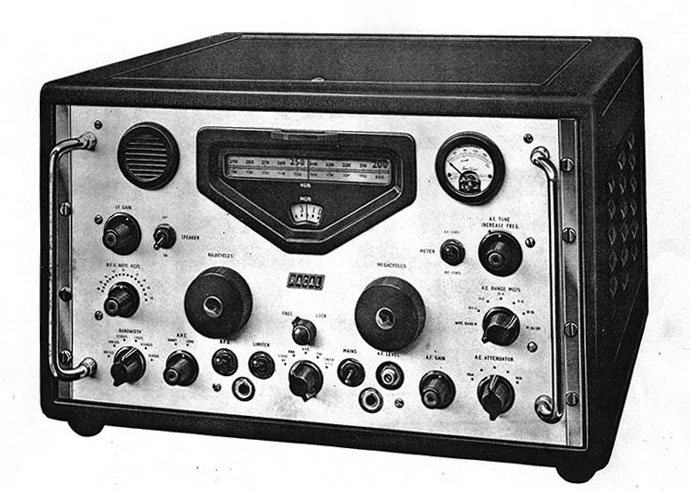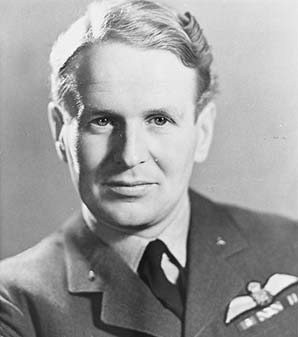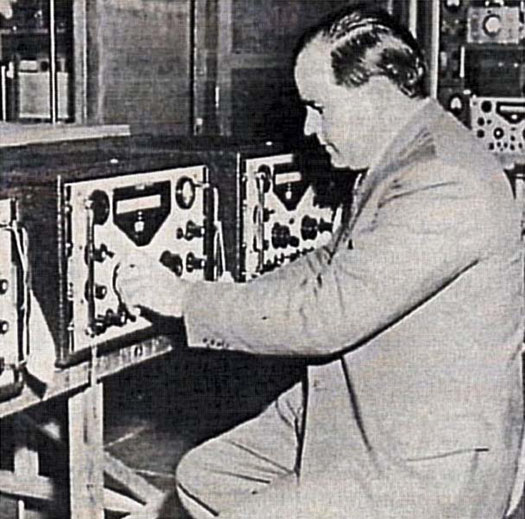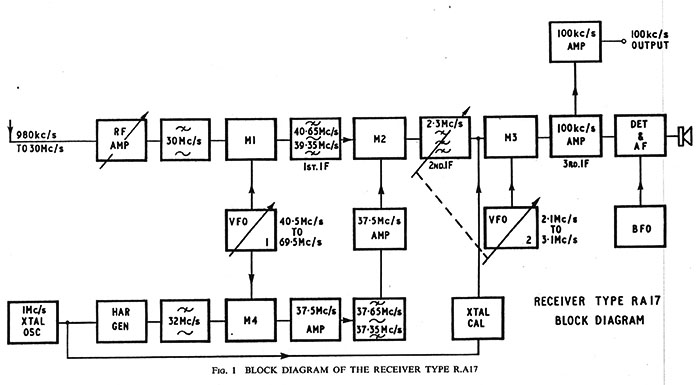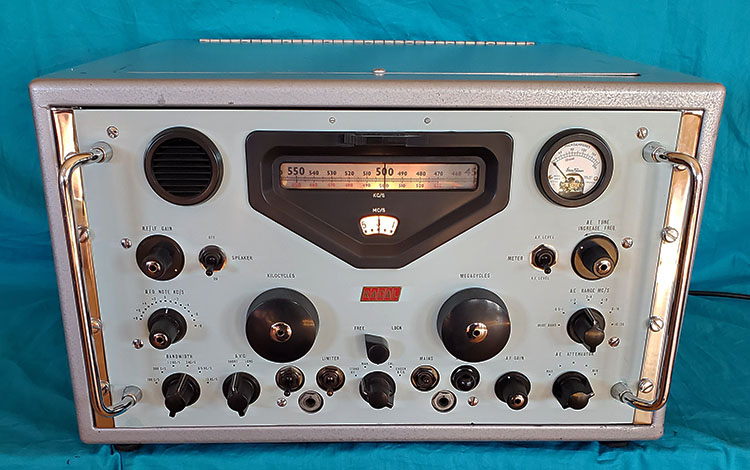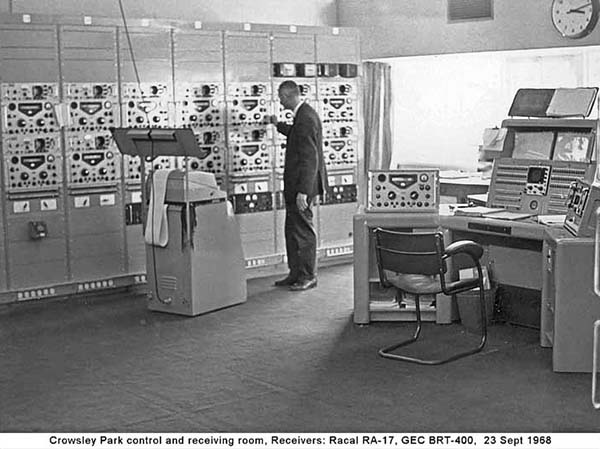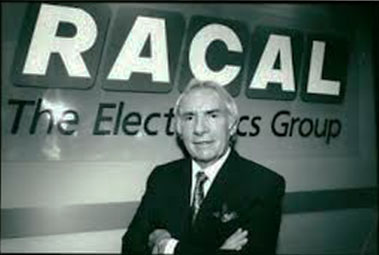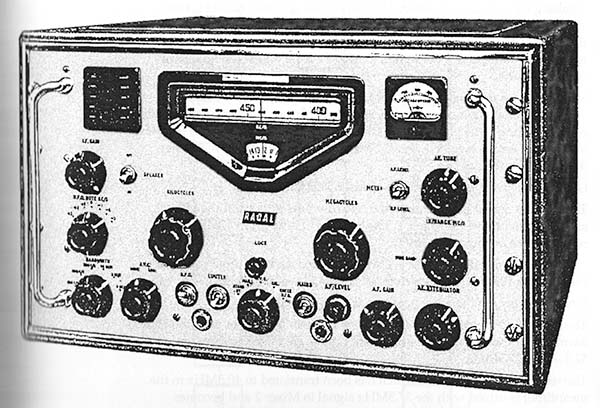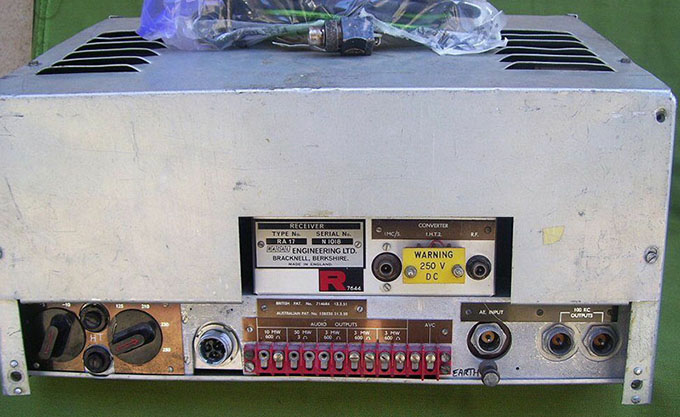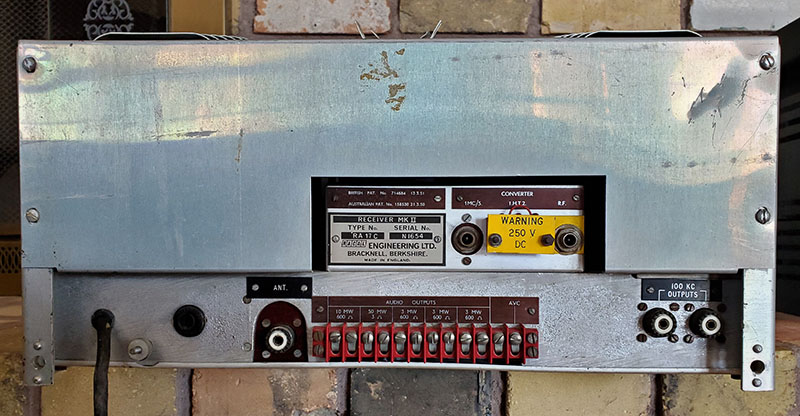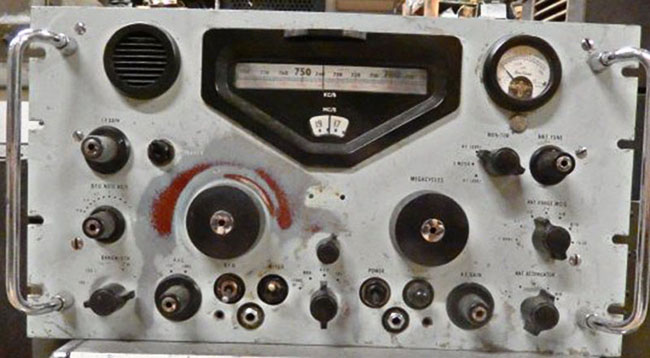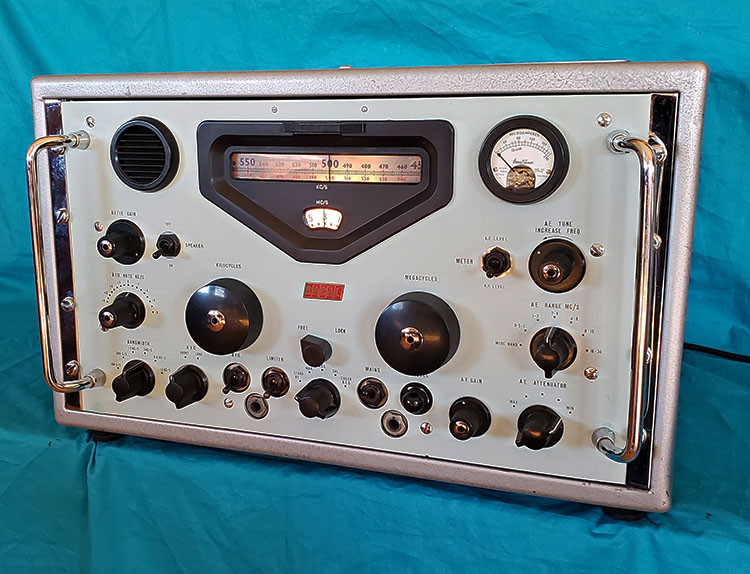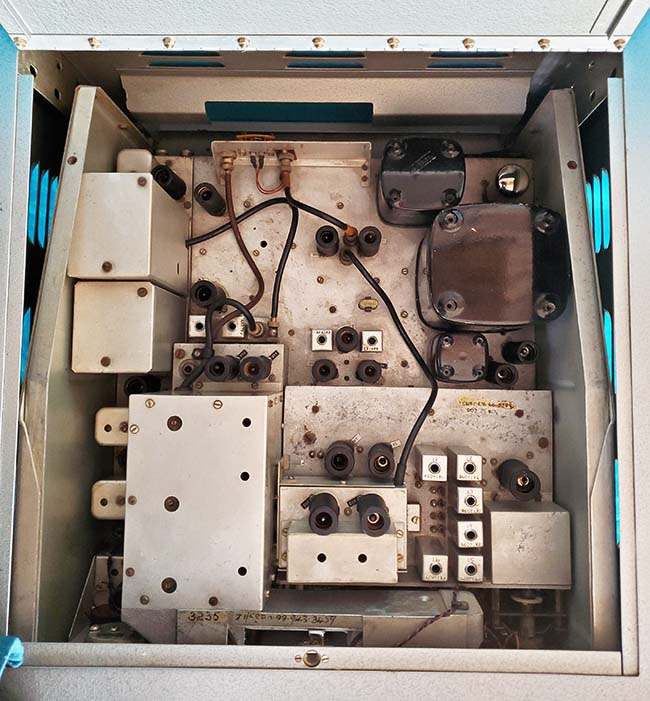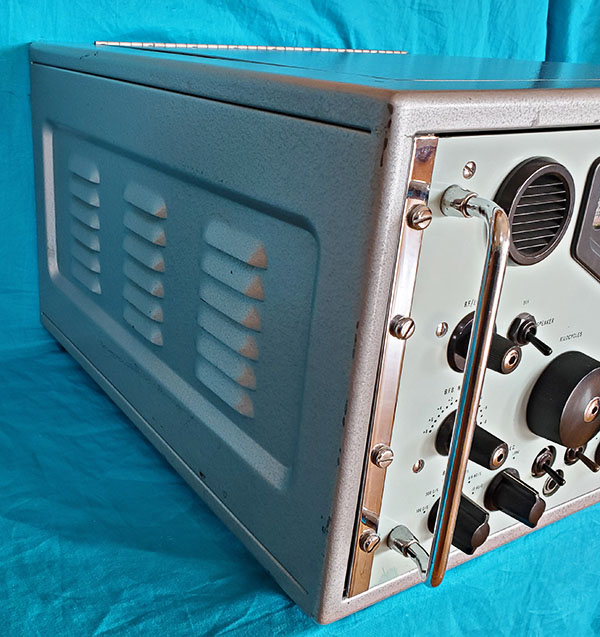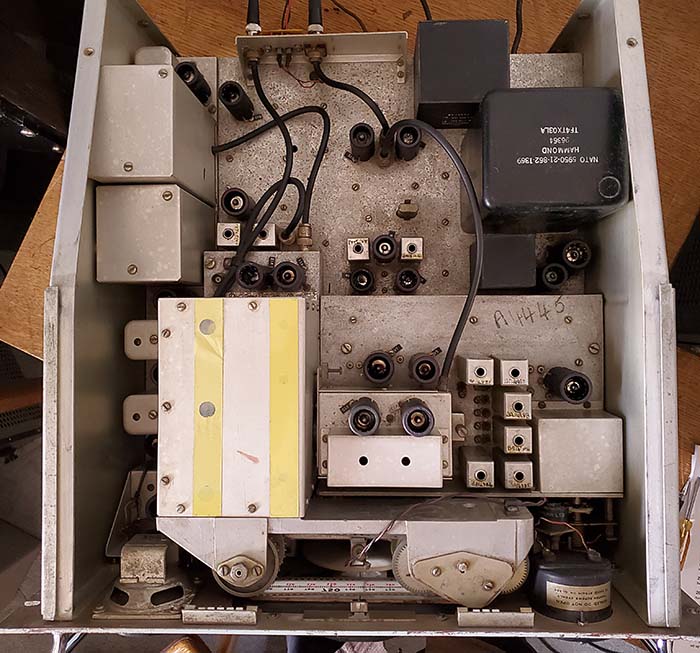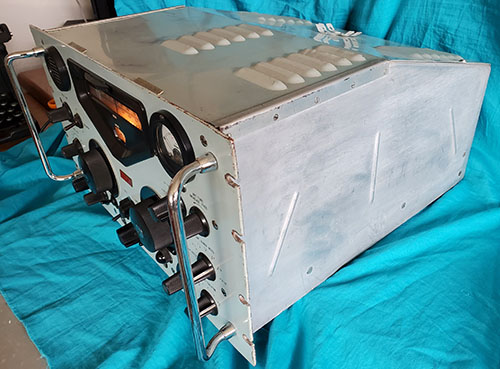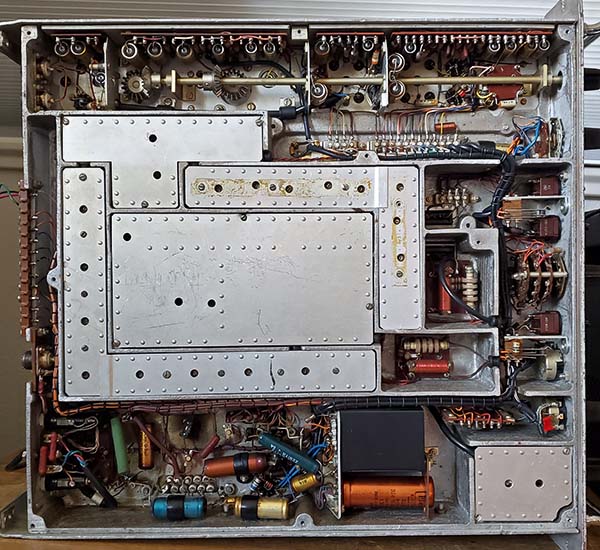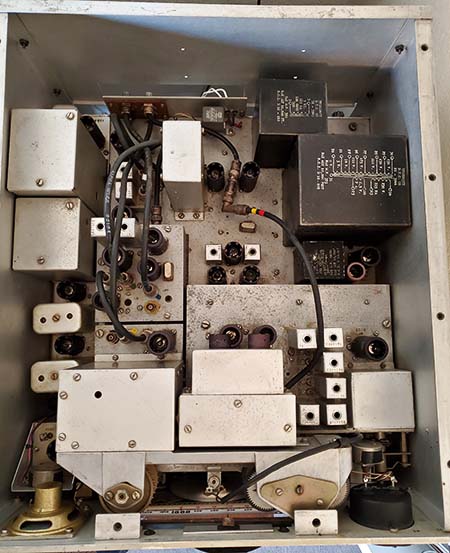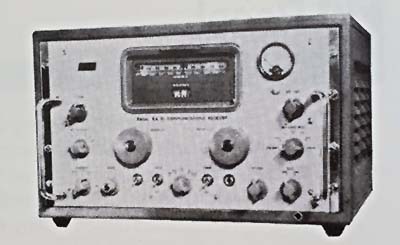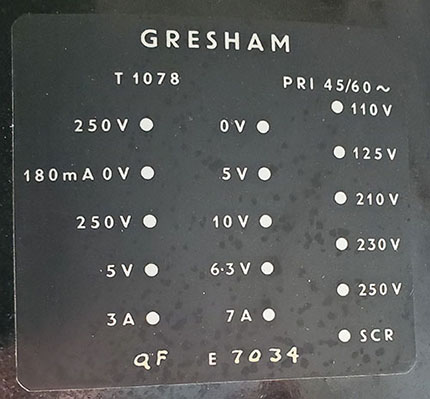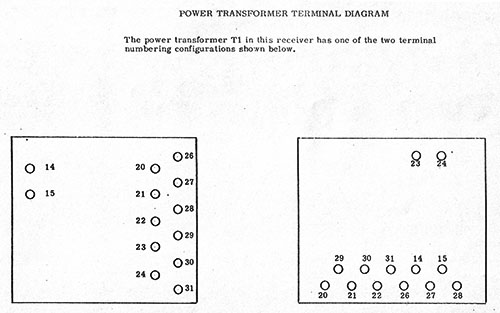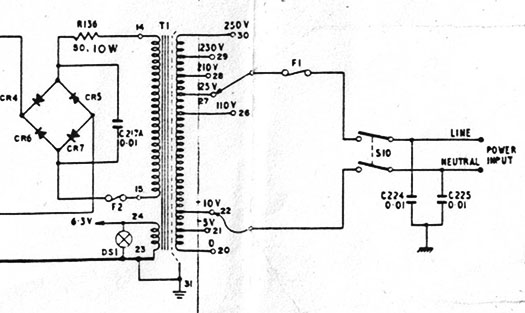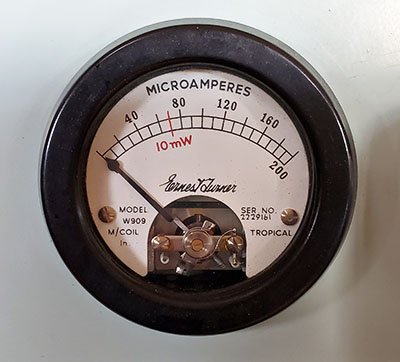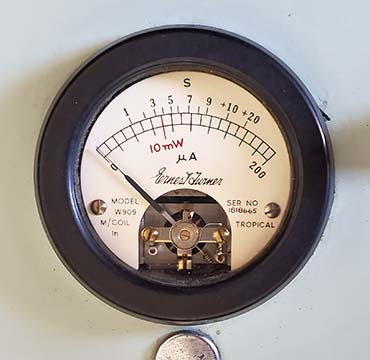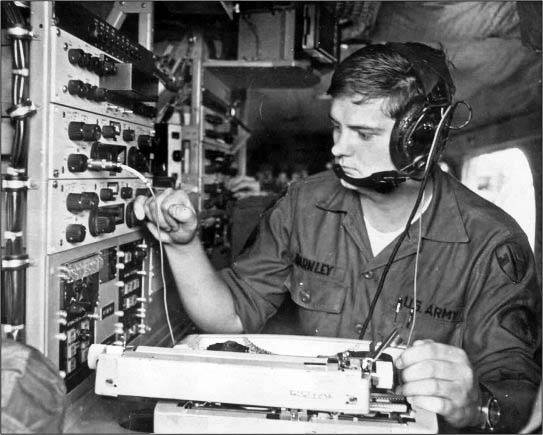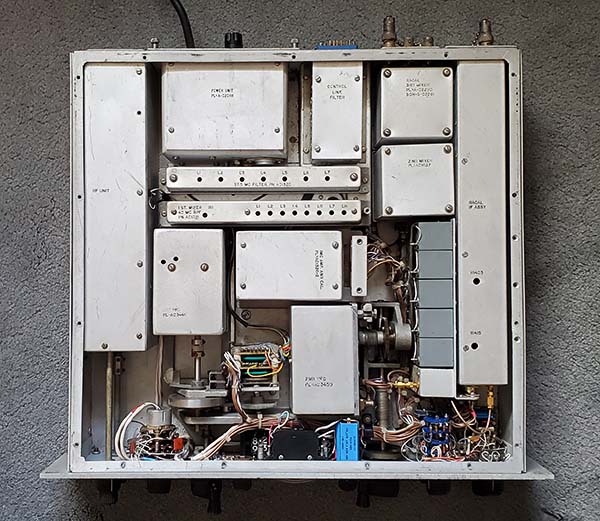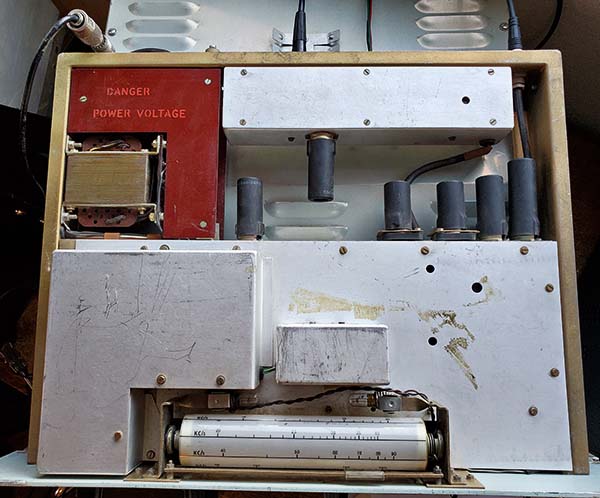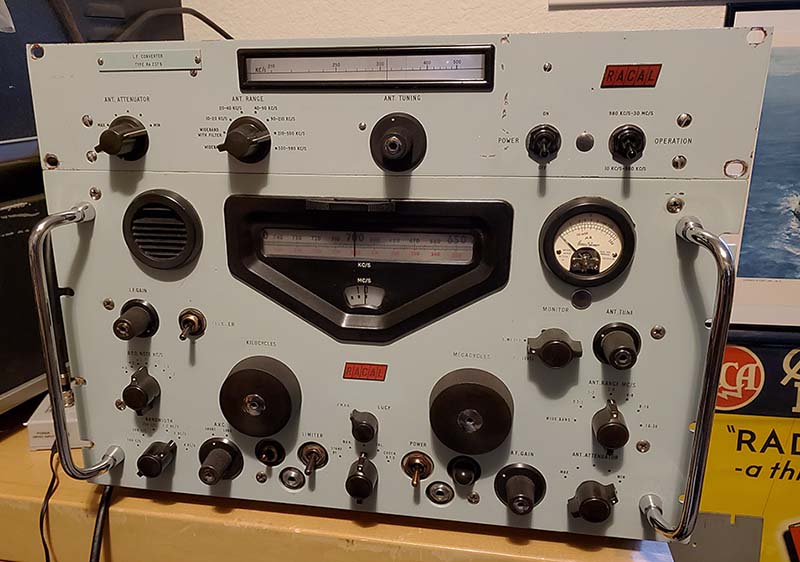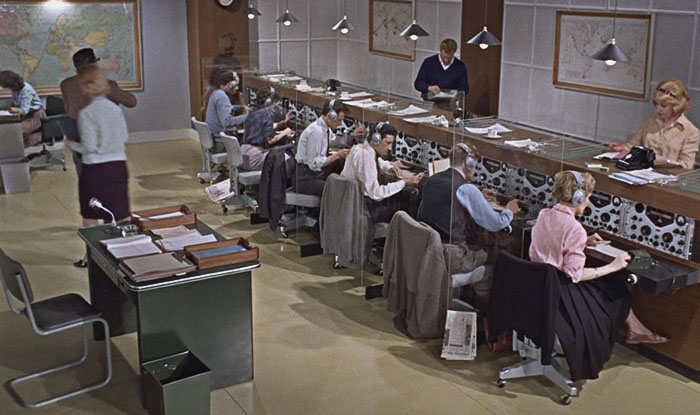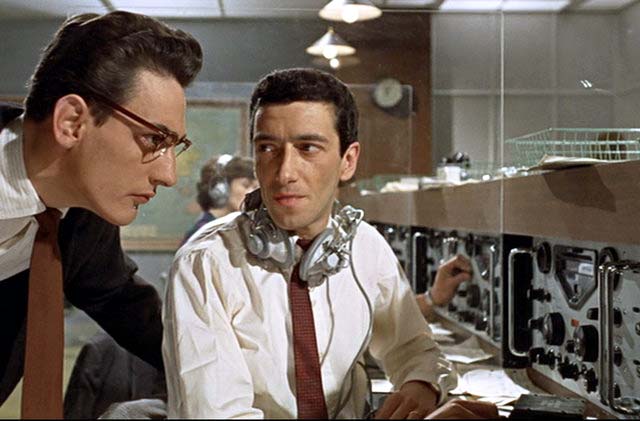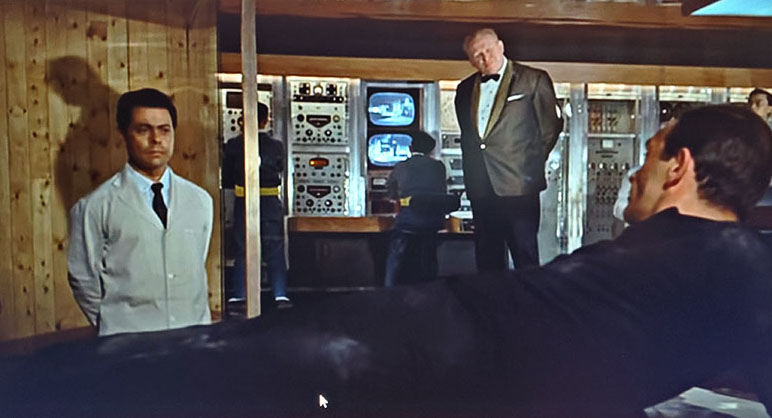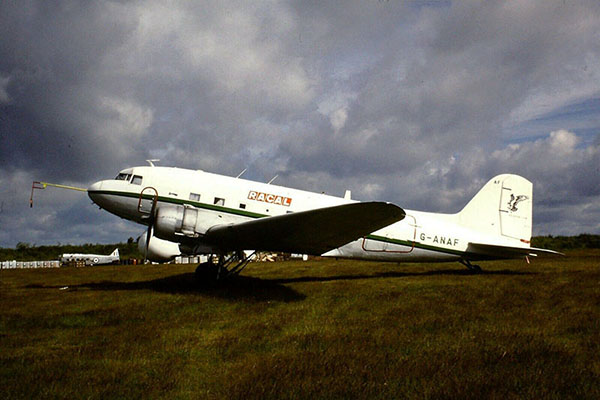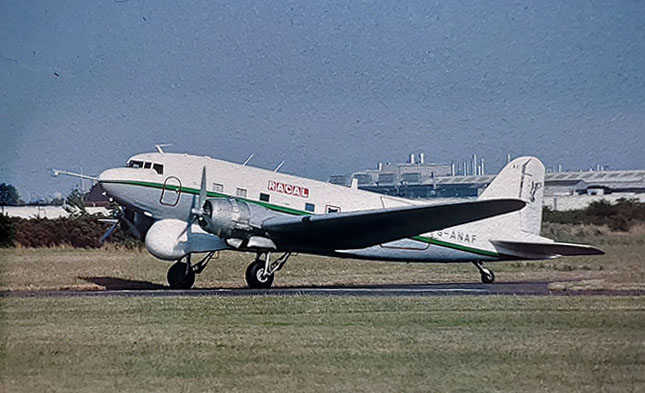|
Reception Log for
November 10, 2019 - 2150-2215hrs PST - Ant 135'
"T"
1. YTL 328kc - Big Trout Lake, ON, CAN
2. VT 332kc - Buffalo Narrows, SK, CAN
3. DB 341kc - Burwash Landing, YK, CAN
4. RYN 338kc - Tuscon, AZ
5. YZH 343kc - Slave Lake, AB, CAN
6. POY 344kc - Powell, WY
7. SBX 347kc - Shelby, MT
8. YXL 346kc - Sioux Lookout, ON, CAN
9. NY 350kc - Enderby, BC, CAN
10. IN 353kc - International Falls, MN
11. YWP 355kc - Webequie, ON, CAN
12. ZF 356kc - Yellowknife, NWT, CAN
13. YQZ 359kc - Quesnel, BC, CAN
14. RPX 362kc - Roundup, MT
15. YMW 366kc - Maniwaki, QC, CAN
16. ZP 368kc - Sandspit, Queen Charlotte Islands, BC, CAN
17. EX 374kc - Kelowna, BC, CAN
18. CNP 383kc - Chappell, NE
19. YWB 389kc - West Bank, BC, CAN
20. PNA 392kc - Pinedale, WY
21. YL 395kc - Lynn Lake, MB, CAN
22. ULS 395kc - Ulysses, KS
23. ZSS 397kc - Yellowhead-Saskatoon, SK, CAN
24. FN 400kc - Ft. Collins, CO
25. QQ 400kc - COMOX Vancouver Is., BC, CAN
|
|
Reception
Log for November 11, 2019 - 1920-1950hrs PST
- Ant 135' "T"
1. UAB 200kc - Anahim Lake, BC, CAN
2. LU 213kc - Abbottsford, BC, CAN
3. EL 242kc - El Paso, TX
4. XC 242kc - Cranbrook, BC, CAN
5. QL 248kc - Lethbridge, AB, CAN
6. YCD 251kc - Nanaimo, BC, CAN
7. LW 257kc - Kelowna, BC, CAN
8. VR 266kc - Vancouver, BC, CAN
9. XS 272kc - Prince George, BC, CAN
10. YYF 290kc - Penticton, BC, CAN
11. TOR 293kc - Torrington, WY
12. DC 326kc - Princeton, BC, CAN
13. MA 326kc - Midland, TX
14. RYN 338kc - Tuscon, AZ |
Reception Log for November 13, 2019 -
2220-2235hrs PST Ant 135' "T"
1. LYI 414kc - Libby, MT
2. FQ 420kc - Foremost, MN
3. ATS 414kc - Artesia, NM - 25W
4. ZQ 410kc - Sir Wilfred Laurier, Canada Coast Guard
Ship, BC, CAN
5. Z7 408kc - Claresholm, AB, CAN
6. MW 408kc - Moses Lake, WA
7. YLJ 405kc - Meadow Lake, SK, CAN
8. AZC 403kc - Colorado City, AZ
9. L4 402kc - Nipawin, SK, CAN - 200W < newly
heard station #345
|
|
|
Reception Log for Nov. 20, 2019 from 2150-2220 PST
netted 36 stations logged about 30 minutes, tuning from
326kc up to 410kc. Listed here are only the newly heard
stations for the RACAL set up. Other stations heard in
this session are listed in the other logs.
1. YPO 401kc - Peawanuck, ON, CAN
2. JDM 408kc - Colby, KS 25W
3. YJQ 325kc - Bella Bella, BC, CAN
4. X2 328kc - Athabasca, AB, CAN
5. YY 340kc - Mont Joli, QC, CAN
6. XX 344kc - Abbotsford, BC, CAN
7. PA 347kc - Prince Albert, SK, CAN
8. LLD 353kc - Lenai City, Hawaii
9. AL 353kc - Trina, WA
10. ODX 355kc - Ord, NE 25W
11. YAZ 359kc - Tofino, Van Is, BC, CAN
12. SX 367kc - Cranbrook, BC, CAN
13. DPY 365kc - Deer Park, WA 25W
14. AA 365kc - Fargo, ND |
NOTES: 11-10-2019 - Cndx very good with fairly low
noise
11-11-2019 - Cndx noisy probably due to the time I was
listening
11-13-2019 - Cndx very good with fairly low noise
11-20-2019 - Cndx very good with low noise
Total NDBs logged with wire antenna - 61 Antenna for
these four sessions was the 135' "T" which is an 80
meter Inv Vee fed with 99' of ladder line with the
ladder line wires tied together and connected to the
center conductor of the Antenna Input of the RA-237-B.
NOTE: I've checked 630M (472kc to 479kc) several
times and have only heard JT9 signals, no CW
signals,...yet. On December 12, 2019 some very, very,
very slow CW was copied (not QRSS but probably 2 or 3
wpm - might be a ham beacon - 474kc.) |
|
|
